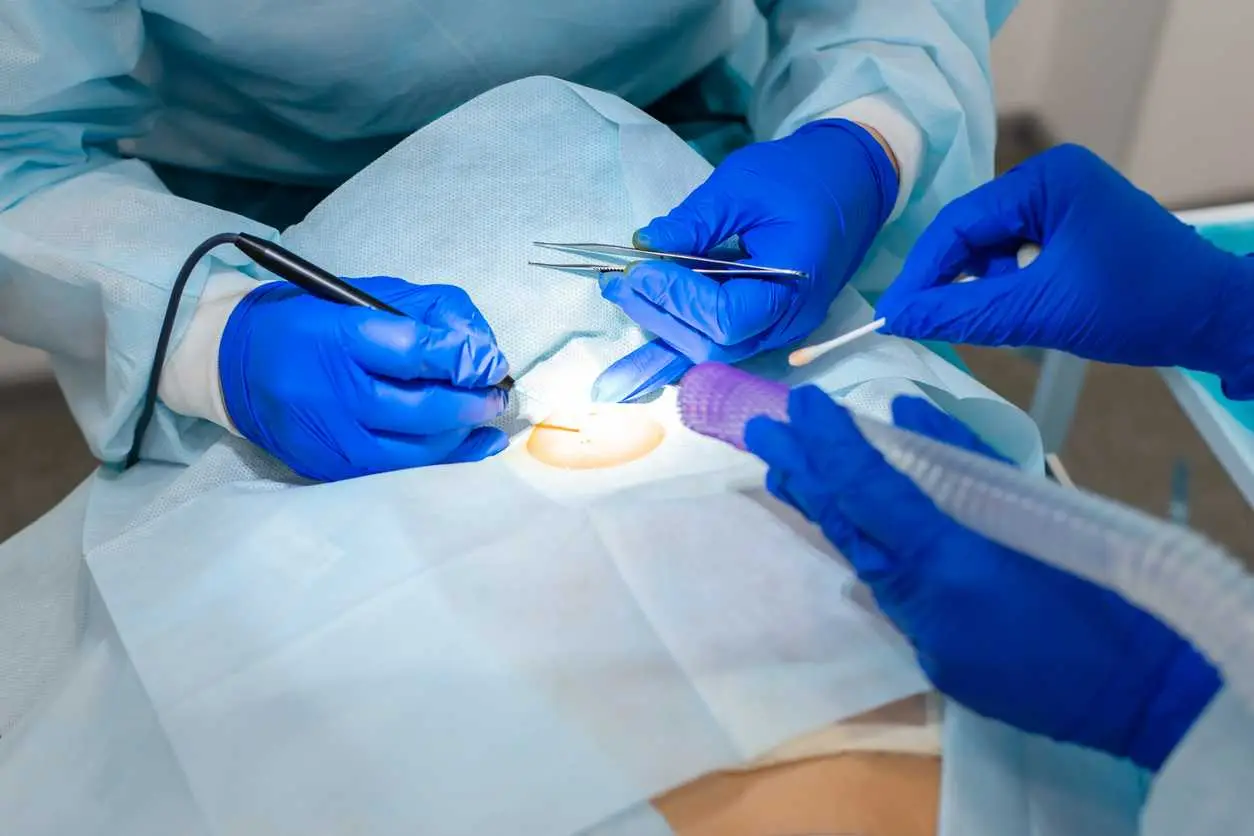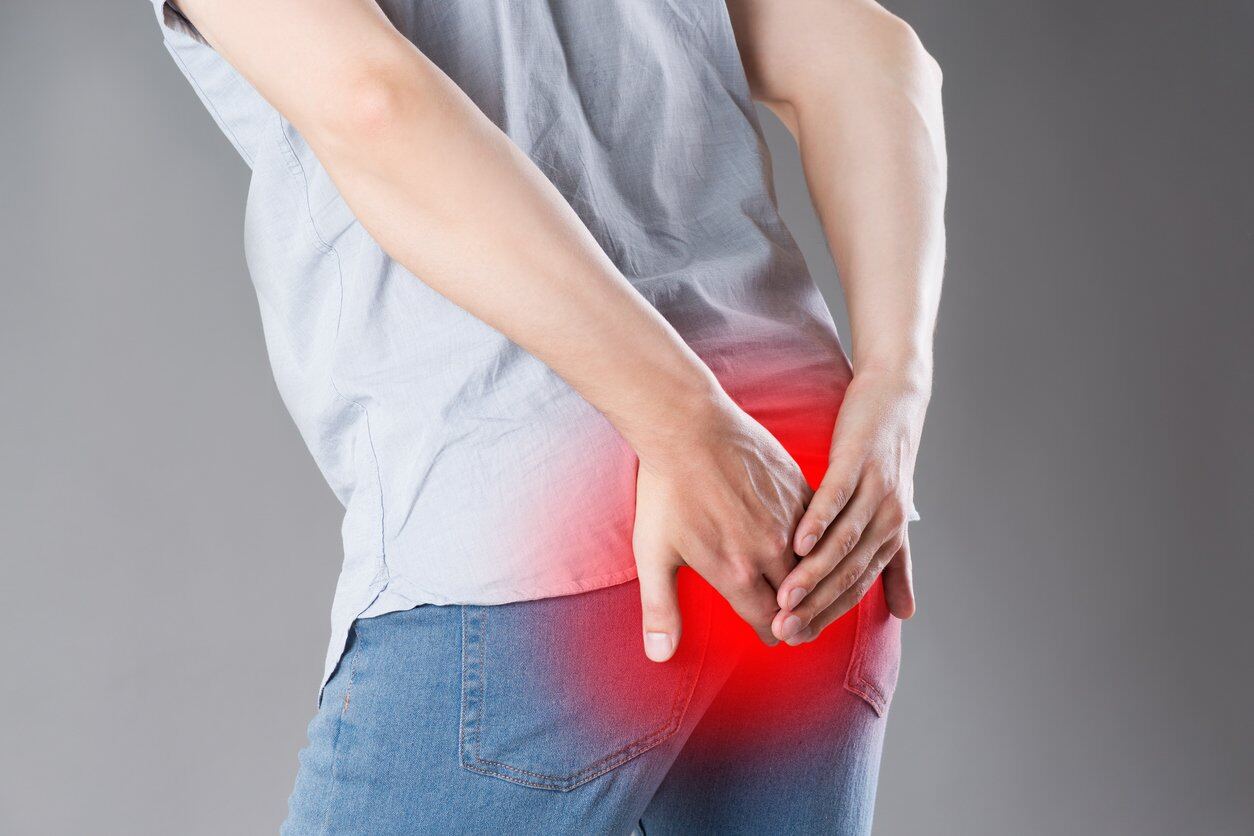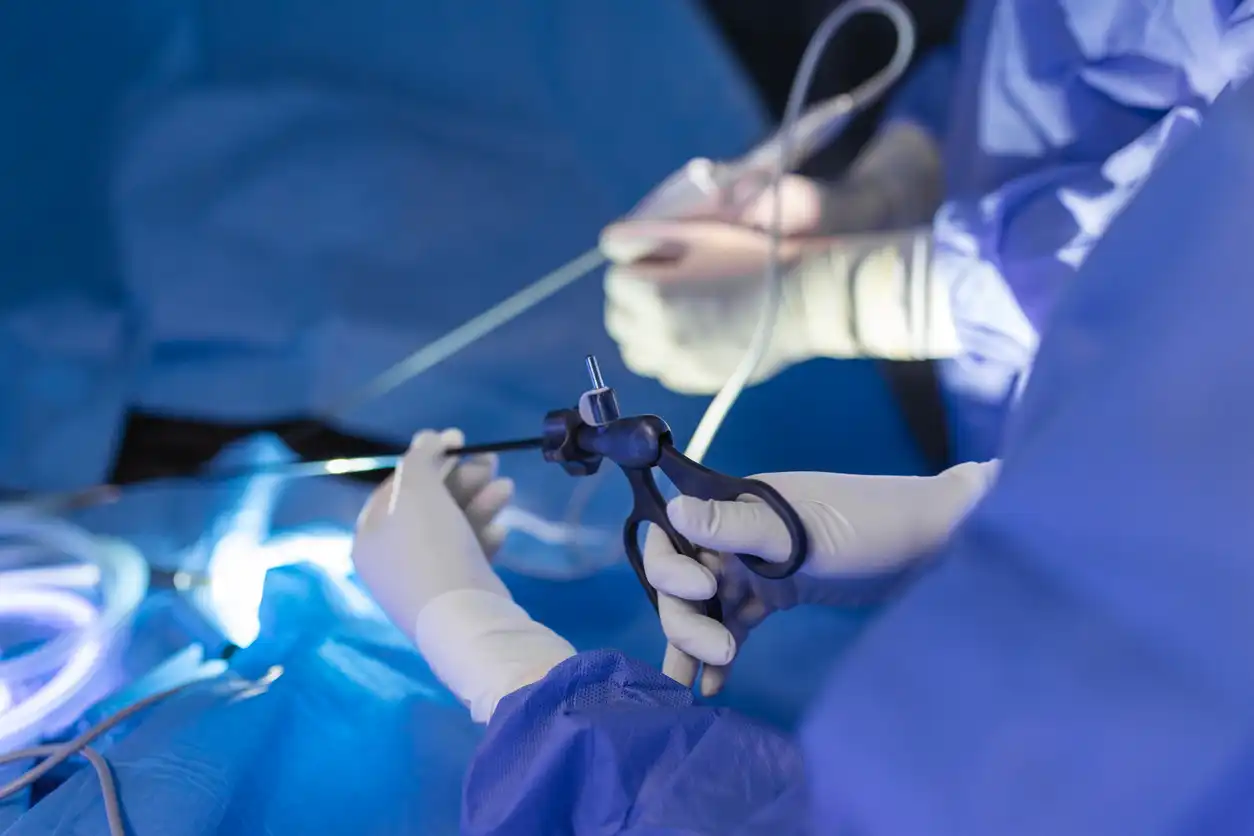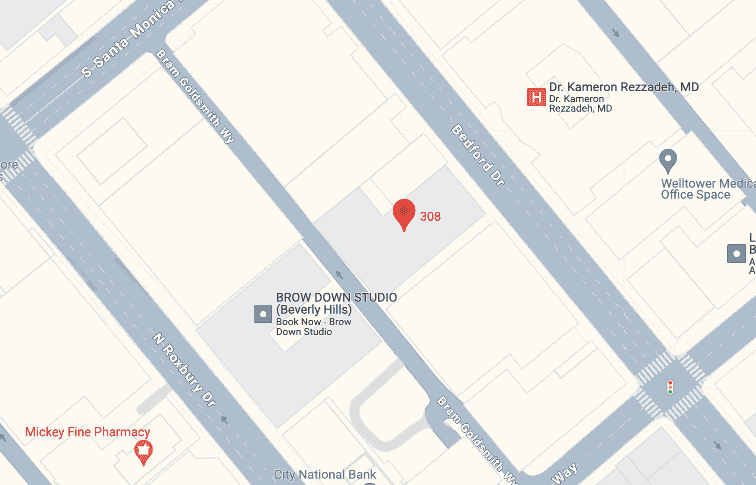Pilonidal cysts are a relatively common condition that affects a large number of people worldwide. These cysts usually form between the buttocks and can be very uncomfortable and even painful if left untreated. Depending on how bad the pilonidal cyst is, there are several good ways to get rid of it for good. Additionally, some activities or habits, like cycling or sitting for long periods of time on hard surfaces, can increase the chance of getting a pilonidal cyst. If you can relate to any of these scenarios, it’s time to start thinking about “Where can I get a pilonidal cyst removed?”
The symptoms of a pilonidal cyst can vary, but the affected area is frequently red, swollen, and painful. If an infection is present, some people may also experience cyst drainage or pus, as well as fever or chills.
In more severe cases, the cyst may need to be drained or surgically removed to relieve symptoms and prevent further complications.
If you suspect you have a pilonidal cyst, you should consult a doctor for an evaluation and diagnosis. Pilonidal cysts are rarely dangerous, but they can be painful and lead to more serious infections if left untreated. Depending on the severity of your case, your doctor may recommend medication, drainage, or, if necessary, surgery to remove pilonidal cyst.
Pilonidal Cyst Removal Surgery
Surgery is one of the most common methods for removing a pilonidal cyst. A pilonidal cyst can be removed through a variety of surgical procedures. The procedure chosen is determined by the severity of the cyst, its location, and the patient’s overall health. The following are some of the most common surgical methods for removing a pilonidal cyst:
- Excision: The most common surgical procedure for removing a pilonidal cyst. The surgeon makes an incision over the cyst and removes it, along with any infected tissue or debris around it, during this procedure. The wound is then left open to heal from within. This procedure is frequently performed under either local or general anesthesia, depending on the size and severity of the cyst.
- Closed excision: This is a type of excision in which the surgeon removes the cyst and then stitches the wound shut. This procedure is usually used on smaller cysts and is performed under local anesthesia.
- Bascom cleft lift: A specialized surgical procedure used to treat recurrent or complicated pilonidal disease. The surgeon removes the cyst and then makes a V-shaped incision in the skin around the cyst during this procedure. After that, the skin is lifted and stitched together to form a new, shallower cleft. This procedure is typically carried out under general anesthesia.
- Flap surgery: After the cyst has been removed, the surgeon may use a flap of nearby skin to cover the wound. This procedure is usually reserved for larger cysts or wounds that cannot be closed with stitches.
The type of surgery used to treat a pilonidal cyst depends on the individual and should be discussed with a doctor or a specialist who has treated pilonidal cysts in the past. It’s important to remember that all surgical procedures come with risks, such as bleeding, infection, and wound healing complications.
However, with the proper care and follow-up, most people with pilonidal cysts can expect a successful outcome and long-term pain relief.
Pilonidal Cyst Surgery Cost
The cost of surgery to remove pilonidal cyst is determined by several factors, including the type of procedure performed, the location of the cyst, and the surgeon’s fee.
The average cost of pilonidal cyst surgery in the United States ranges from $4,000 to $8,000. This cost can vary depending on the patient’s situation and the doctor or hospital where the surgery is performed.
It’s important to note that, depending on the policy and the reason for the surgery, insurance may cover some or all of the cost of pilonidal cyst surgery. Patients should contact their insurance provider to learn more about their coverage and any out-of-pocket expenses that may apply. Some health care providers may also offer payment plans or other methods for patients who require financial assistance to pay for the surgery.
Pilonidal Cyst Removal Near Me
If you’re wondering, “Where can I get a pilonidal cyst removed?” you have a few options. Talk to your primary care physician, who may be able to refer you to a local specialist who can perform the pilonidal cyst removal near me. You can also look up “pilonidal cyst removal near me” on the internet or ask your local hospital or medical center if the procedure is available.
Non-surgical Treatments
Most of the time, surgery is the only way to permanently remove a pilonidal cyst. Non-surgical treatments, on the other hand, may alleviate symptoms or prevent a cyst from forming. Among these alternatives are:
If the pilonidal cyst is infected, antibiotics may be administered to help clear the infection and prevent it from spreading. This treatment is usually combined with other therapies.
Warm compresses: Using warm compresses on the affected area can help reduce inflammation, relieve pain, and promote cyst drainage. This can be repeated several times per day for a total of 10-15 minutes.
Topical treatments, such as creams or ointments, can aid in the management of symptoms and the prevention of infection. These treatments may contain anti-inflammatory and anti-healing ingredients such as benzoyl peroxide or salicylic acid.
Certain lifestyle changes may help to lower the risk of developing a pilonidal cyst or prevent its recurrence. This could include avoiding prolonged sitting or applying pressure to the area, maintaining good hygiene, and wearing clothes that don’t fit too tightly.
Non-surgical treatments can help with symptoms or prevent a pilonidal cyst from returning, but they cannot replace surgery if the cyst is large, painful, or recurring. Patients should discuss their treatment options with their doctor or a specialist who is experienced in treating pilonidal cysts to determine what will work best for them.
Getting Help Now | Where Can I Get a Pilonidal Cyst Removed?
Don’t put off getting help if you have pilonidal cyst symptoms or are wondering where can I get a pilonidal cyst removed. Pilonidal Experts are well-versed in the diagnosis and treatment of pilonidal cysts. To help patients feel better and avoid problems, we employ cutting-edge techniques and procedures. Our experienced health care providers have offices across the United States and are dedicated to providing each patient with personalized care and support. Make an appointment with Pilonidal Experts today to take the first step toward permanently removing pilonidal cysts.







